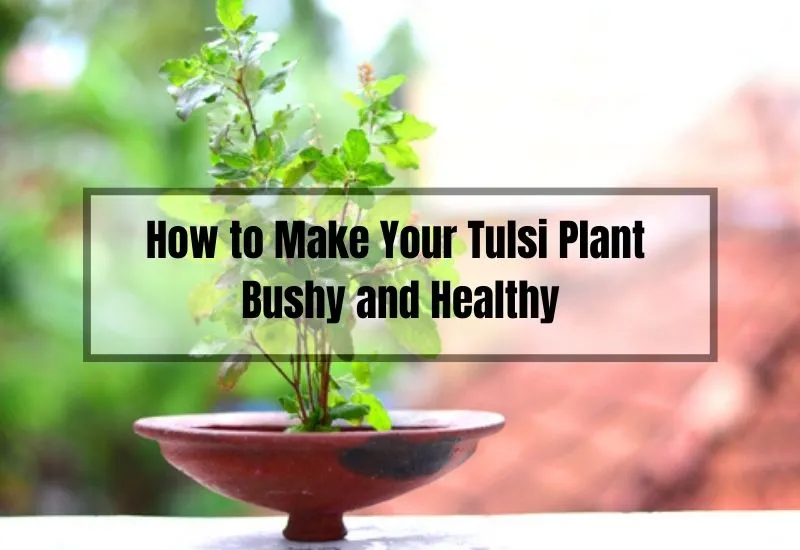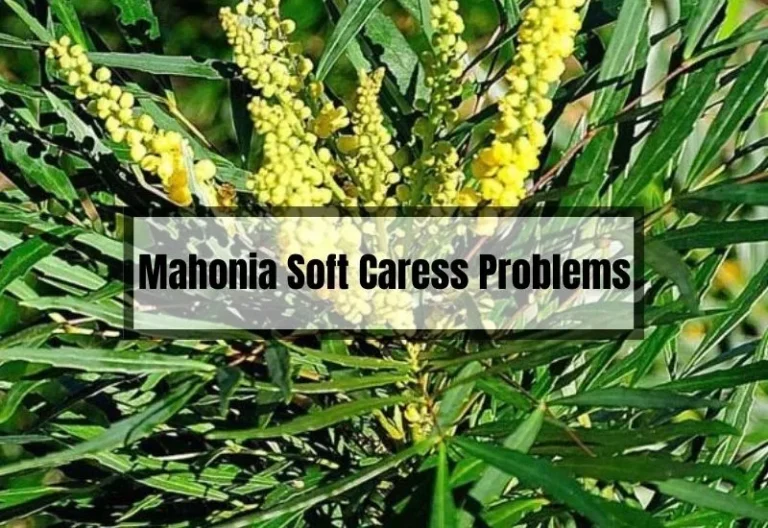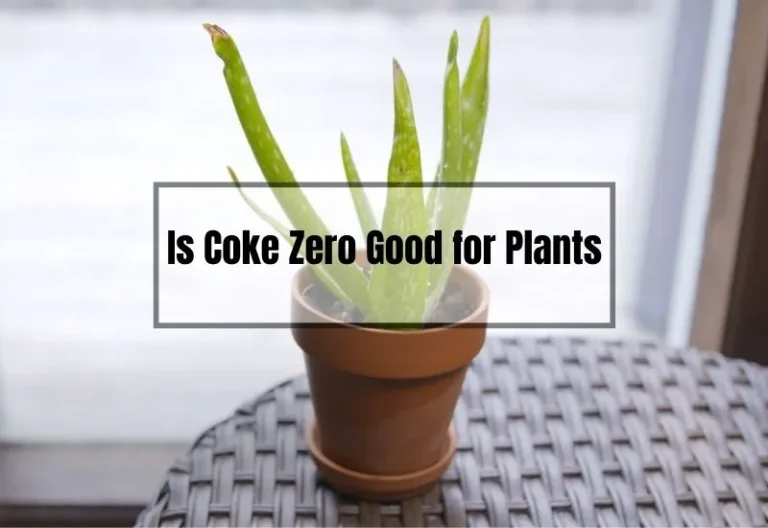How to Make Your Tulsi Plant Bushy and Healthy
Are you tired of your Tulsi plant looking sparse and lackluster? Do you want to know the secret to a bushy and thriving plant? Look no further, as we’ve got you covered in this article.
In this post, we’ll explore the game-changing technique of pinching off seeds, providing you with essential care tips that will transform your Tulsi plant into the green envy of your neighborhood.
So, if you’re ready to take your Tulsi plant to the next level, let’s dive in and discover the secrets to a thriving and bushy plant!

How to Make Your Tulsi Plant Bushy
So, let’s dive into the nitty-gritty of pinching off seeds. This technique works wonders for making your Tulsi plant bushier because it redirects the plant’s energy from seed production towards growing more branches and leaves.
When you pinch off the seeds during their initial development phase, you’ll notice a remarkable difference in your plant’s growth.
To master this technique, follow these simple steps:
- Keep an eye on your Tulsi plant and watch for seed formation.
- Once you see the seeds starting to develop, gently pinch them off using your fingers or a pair of sterilized gardening shears.
- Pinch off seeds regularly to maintain bushiness and encourage new growth.
Caring for Your Tulsi Plant
Making your Tulsi plant bushy is just the beginning! You’ll also need to provide the proper care to keep it thriving. Here’s what you need to know about sunlight, water, soil, and other essentials:
- Sunlight: Tulsi plants love the sun, so find a sunny spot where they can soak up at least 6 hours of sunlight per day. If you’re growing your plant indoors, place it near a south-facing window.
- Water: These plants prefer consistent moisture, but be careful not to overwater. Allow the top inch of soil to dry out between waterings. Soggy soil can lead to root rot, which is a total bummer.
- Soil: Tulsi plants prefer well-draining, loamy soil with a neutral pH. Good drainage is crucial for healthy roots, so avoid heavy, clayey soils.
- Fertilizing & Pruning: Regularly fertilizing your Tulsi plant will keep it happy and healthy. Use an organic fertilizer every couple of months to provide essential nutrients. Prune your plant periodically to encourage bushiness and remove dead or damaged leaves.
Choosing the Right Pot and Soil
The pot you choose for your Tulsi plant can have a significant impact on its growth. Opt for a pot with drainage holes to prevent waterlogged soil and root rot. A pot that’s about 12 inches in diameter should give your plant ample space to grow.
When it comes to soil, a mix of equal parts potting soil, sand, and compost is ideal. This blend provides the right balance of nutrients, drainage, and aeration for your Tulsi plant to thrive.
Pest Control and Disease Prevention
Keeping your Tulsi plant healthy and pest-free is essential for maintaining its bushy appearance. Be vigilant for signs of common pests like aphids, spider mites, and whiteflies. If you spot any of these pesky critters, treat your plant with insecticidal soap or neem oil.
Disease prevention is all about providing the right growing conditions. Make sure your Tulsi plant gets plenty of sunlight, has well-draining soil, and isn’t overwatered. With a little attention to detail, you’ll keep your plant healthy and free from diseases.
Propagating Your Tulsi Plant
If you’ve successfully grown a bushy, healthy Tulsi plant, why not share the love? Propagation is a great way to create more plants for yourself or to share with friends and family.
There are two popular methods of Tulsi plant propagation: by seeds and by cuttings. Let’s explore both of them.
Propagation by Seeds
Starting new Tulsi plants from seeds is super simple. Here’s what you need to know:
- Fill a seed tray or small pots with a quality seed-starting mix.
- Sprinkle the seeds lightly on the soil surface, and then cover them with a thin layer of soil.
- Keep the soil consistently moist but not waterlogged.
- Place the seed tray in a warm, bright spot. A temperature of around 70°F is perfect for germination.
- Be patient! Germination can take 1 to 2 weeks.
- Once your seedlings have a few sets of true leaves, transplant them into larger pots or your garden.
Propagation by Cuttings
For those of you who prefer a more hands-on approach, propagating Tulsi by cuttings is a fun and effective way to create bushy new plants. Here’s how you do it:
- Choose a healthy, mature Tulsi plant and snip off a 4-6 inch cutting, making sure it has at least two sets of leaves.
- Remove the leaves from the bottom half of the cutting.
- Dip the cut end in rooting hormone to encourage faster root growth (this step is optional but can be helpful).
- Stick the cutting into a small pot filled with moist, well-draining potting mix.
- Place the pot in a bright spot, out of direct sunlight, and keep the soil consistently moist.
- Once roots have developed (usually in 4-6 weeks), transplant the cutting into a larger pot or your garden.
Frequently Asked Questions (FAQs)
How often should I pinch off seeds for a bushier Tulsi plant?
Keep an eye on your Tulsi plant and pinch off seeds as soon as they begin to develop. Regular seed removal will help maintain bushiness and promote new growth.
Can I grow a Tulsi plant indoors?
Absolutely! Just make sure to place your Tulsi plant near a south-facing window where it can get at least 6 hours of sunlight per day.
How do I know if my Tulsi plant is getting enough sunlight?
If your Tulsi plant is growing well and has a vibrant green color, it’s likely receiving enough sunlight. However, if it becomes leggy or pale, it may need more sun.
What kind of fertilizer should I use for my Tulsi plant?
An organic fertilizer, such as compost or well-rotted manure, is an excellent choice for Tulsi plants. Apply the fertilizer every couple of months to keep your plant nourished.
How do I prune a Tulsi plant to encourage bushiness?
Regularly trim your Tulsi plant to maintain its shape and remove dead or damaged leaves. Pruning also stimulates new growth, which contributes to a bushier appearance.
Conclusion
So, there you have it, friends! Pinching off seeds is the secret to growing a bushy, healthy Tulsi plant. By following the care tips I’ve shared, you’ll be well on your way to having the lushest Tulsi plant on the block. Don’t forget to propagate your plant and share the love with others.
I’d love to hear about your experiences with growing and caring for Tulsi plants, so feel free to share your stories in the comments below. Happy gardening!





